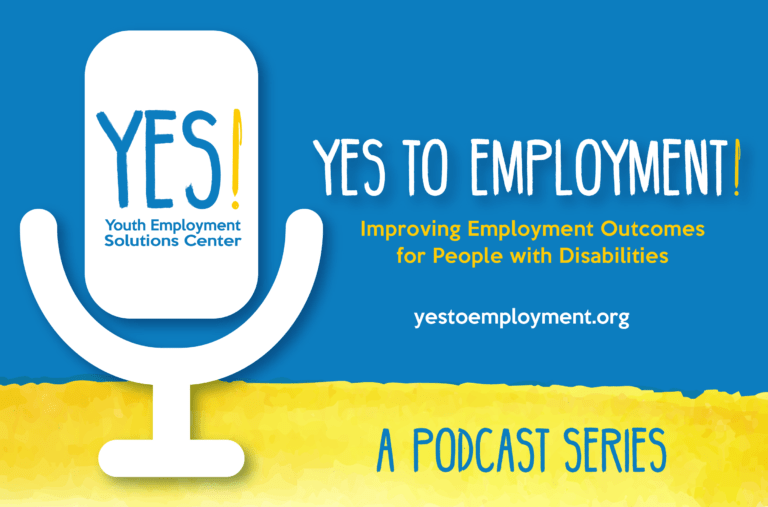2022-2023 Annual Report
With the holiday season at our doorstep, I’d like to recognize the Wise staff, Wise Associates and community partners for an amazing year of hard work and thoughtful innovation. Please join me in reflecting on the past year through the Wise annual report. The report features a wide range of accomplishments, highlights strategies for building community capacity and emphasizes our focus on creating accessible and culturally relevant services so that everyone is welcome, included and able to access the services at Wise.
I believe the results you’ll see in this annual report demonstrate what is possible when people with disabilities lead, teach, and inform the work needed to advance employment opportunities for everyone.
-Cesilee Coulson, Executive Director
PROCEED UNTIL APPREHENDED: WISE’S Innovative Thinking on Supported Employment in the Midst of a Crisis
Serena Lowe, TASH’s interim Executive Director, talks with Cesilee Coulson, the Executive Director of WISE, the Washington Initiative for Supported Employment. They have the sort of conversation you might expect from two people with such depth of experience in these issues: high-level, broad-ranging, big ideas. But mostly they talk about the necessity to not letting ourselves be limited by systems, processes, the way things have been done in the past during this unprecedented COVID-19 crisis. They discuss the importance of fostering people’s creative thinking and never losing sight of our person-centeredness.
ABOUT THE PRESENTERS
 Cesilee Coulson is the Executive Director of the Washington Initiative for Supported Employment (Wise). She brings 22 years of experience in competitive integrated employment training and technical assistance to her position. Cesilee uses her experience to assist with organizational transformation, employment systems change and community employment capacity building.
Cesilee Coulson is the Executive Director of the Washington Initiative for Supported Employment (Wise). She brings 22 years of experience in competitive integrated employment training and technical assistance to her position. Cesilee uses her experience to assist with organizational transformation, employment systems change and community employment capacity building.
 Serena Lowe is the Founder & Principal at AnereS Strategies and the interim Executive Director of TASH. Prior to this role, she was a Senior Policy Advisor with the Administration on Community Living’s Office on Policy Analysis & Development, focused on CMS HCBS implementation. Before her work for ACL, she was employed in a variety of roles in the field of federal government relations, including for the U.S. Department of Labor, a Fortune 100 global biopharmaceutical company, a top 20 national lobbying firm, and two former Members of Congress. She holds a B.A. in International & Public Affairs from Westminster College; an M.P.H. in International Health Policy and M.A. in International Development Policy from George Washington University; and a PhD in Public Administration from American University.
Serena Lowe is the Founder & Principal at AnereS Strategies and the interim Executive Director of TASH. Prior to this role, she was a Senior Policy Advisor with the Administration on Community Living’s Office on Policy Analysis & Development, focused on CMS HCBS implementation. Before her work for ACL, she was employed in a variety of roles in the field of federal government relations, including for the U.S. Department of Labor, a Fortune 100 global biopharmaceutical company, a top 20 national lobbying firm, and two former Members of Congress. She holds a B.A. in International & Public Affairs from Westminster College; an M.P.H. in International Health Policy and M.A. in International Development Policy from George Washington University; and a PhD in Public Administration from American University.
The Shining Beautiful Series Podcast
Employment First in Washington 2018 Report
Washington State has a ‘New Employment Report’ to share! Please take a few minutes to read through the latest news on Competitive Integrated Employment in Washington State.
Click this link to view the report: Employment First in Washington State 2018


